Monte Zebio. The open-air museum
Asiago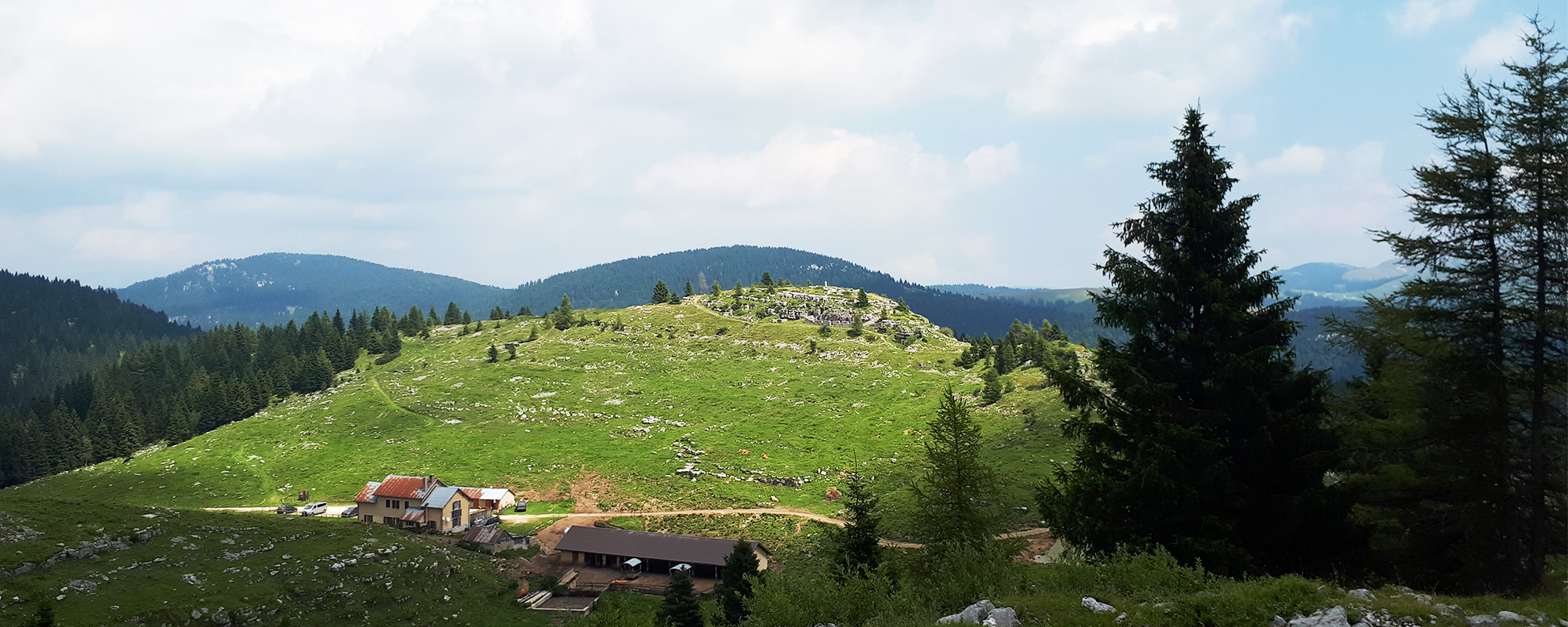
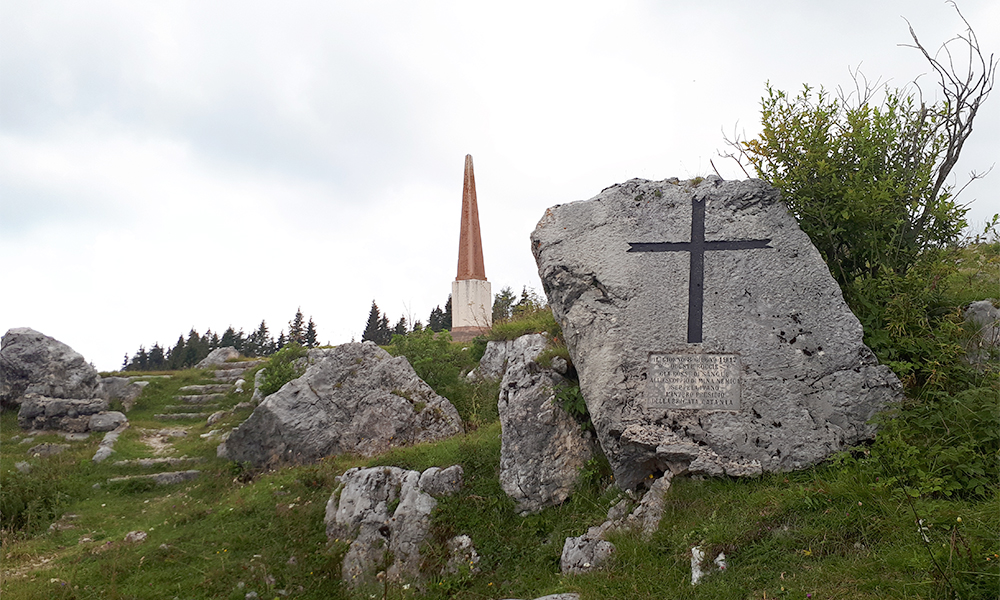
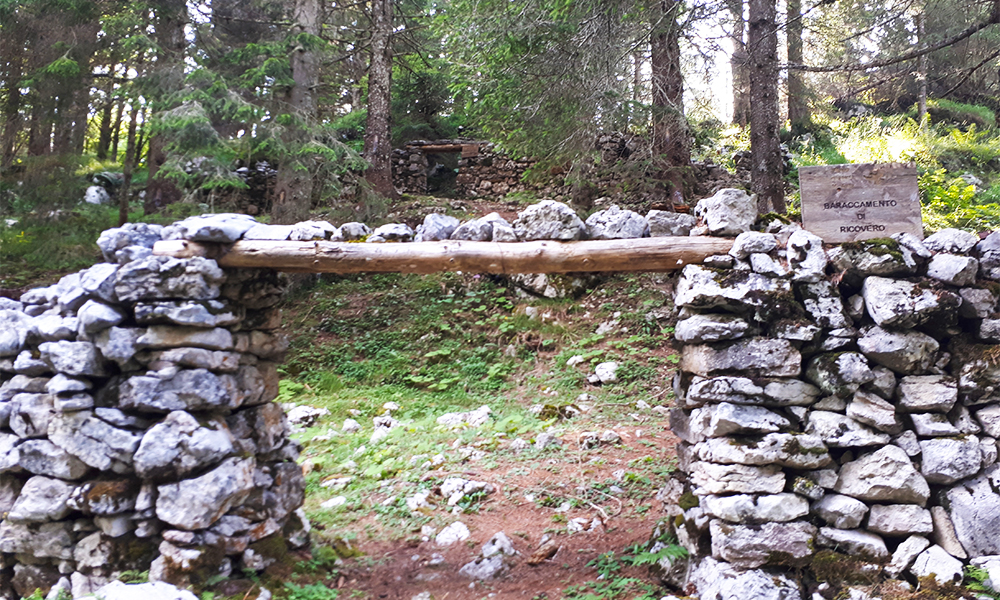
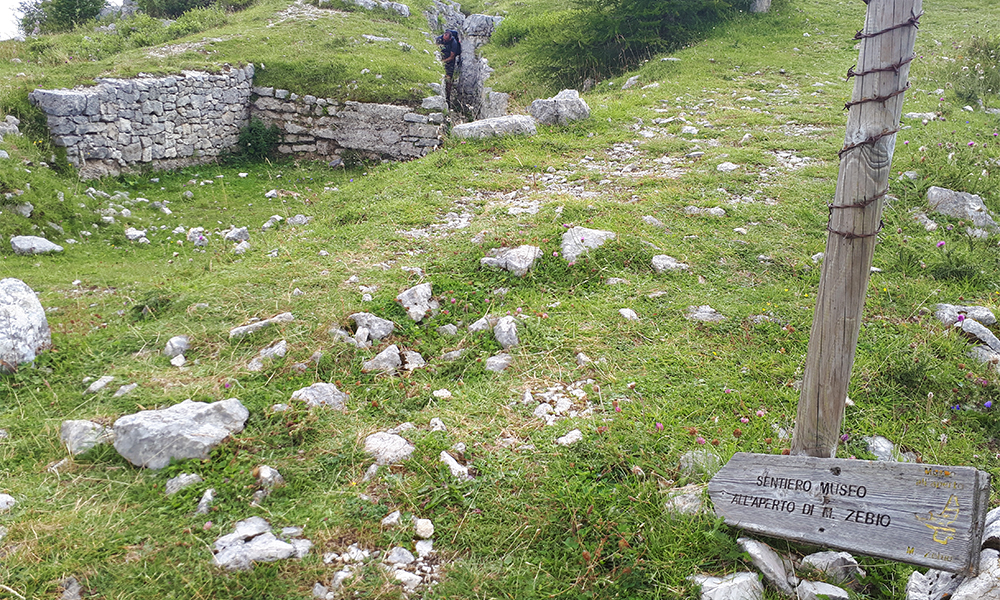
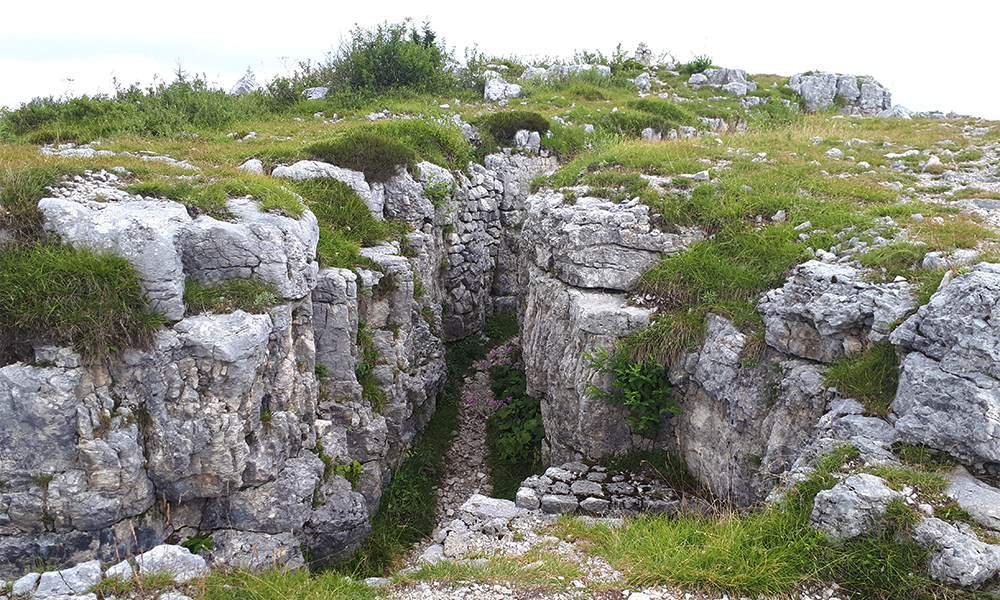
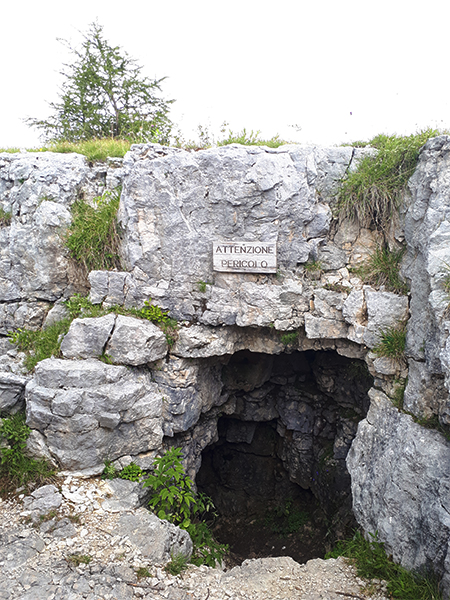
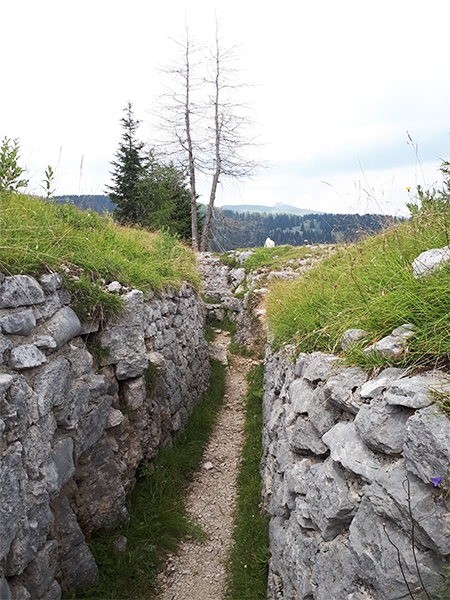
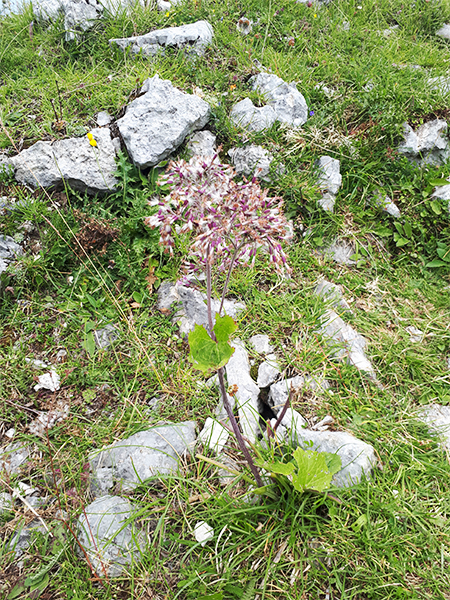
Monte Zebio was occupied by the Austrians on 29 May 1916, after the retreat that followed the Strafexpedition, and was immediately equipped for defence with underground systems and communications and numerous tunnels and shelter caves. It became an important stronghold of the Austro-Hungarian first line that on the Asiago Plateau stretched between the Ortigara, Colombara, Interrotto and Val d’Assa mountains from July 1916 to December 1917. This line experienced several unsuccessful attempts to conquer it (a few dozen metres of terrain) and one of the greatest sacrifices in human lives. For military strategy, these mountains were of enormous importance for the entire front. In fact, to the rear there was the only road leading to the Val D’Assa and the Vezzena Pass, from where one could then reach Levico – Caldonazzo and then Trento. If this front had been lost by the Austrians, supplies would also have been cut off, causing the advanced position of Ortigara to disappear. Throughout the months leading up to the harsh winter of 1916, the Italians attempted the breakthrough. After the winter passed, the Italian Command still attempted to take the line, but on 8 June 1917, near the Zebio ‘lunette’, an Italian mine exploded before the expected time, possibly due to a lightning strike, causing the death of 120 Italian soldiers of the Catania Brigade. The fighting continued throughout the period and, in the meantime, the countless casualties of Ortigara made the Italian Command’s goals fade away. After December 1917, the eastern sector, in particular the Piave River and Monte Grappa, became the new fulcrums where the fate of the war was centred and the Italian strongholds were then moved south of Asiago. However, the pre-eminent importance that Monte Zebio, next to Ortigara, held in all these phases remains undisputed.
The site is freely accessible.
In the event of snowfall, the road is closed and the site cannot be reached by car.
Tel. 0424 462221
E-mail: info@asiago.to
S.I.T. Sportello Informazioni Turistiche – Palazzo Municipale
Piazza Carli – 36012 – Asiago (VI)
Guided group tours. For information and bookings:
info@guidealtopiano.com cell. 340 7347864
info@asiagoguide.com cell. 346 2379118
how to reach us